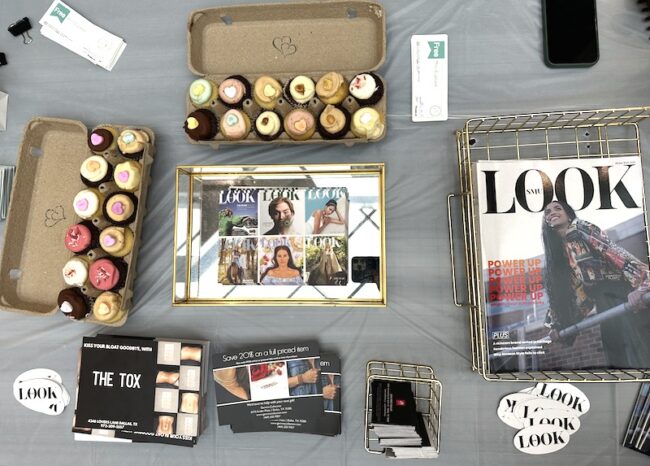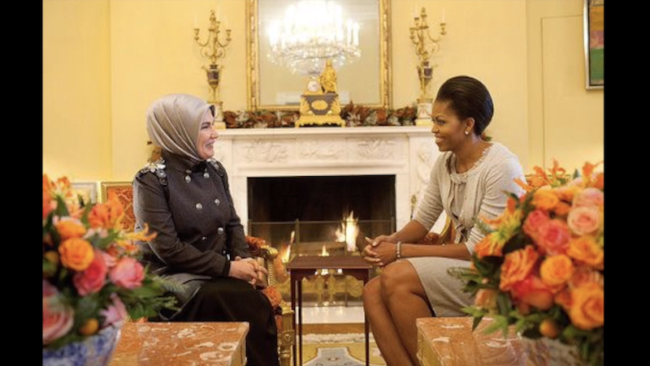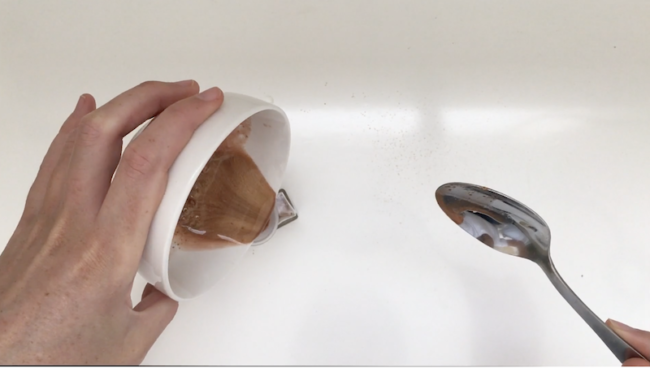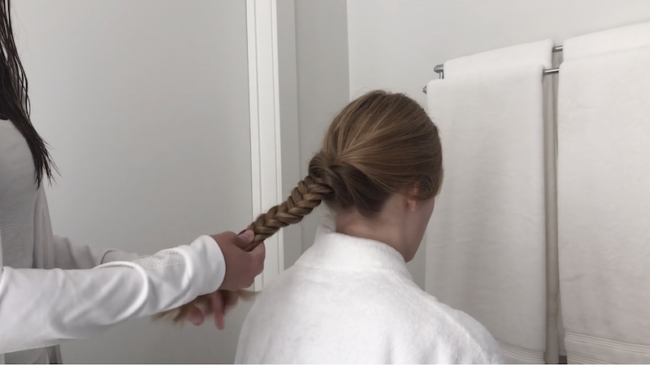Al Adamson’s blue eyes sparkle as he makes a sweeping motion with his arm, presenting a room with 3-inch bottles lining every wall from top to bottom. The pungent aroma of indiscernible sweet scents wafts out the door and into the rest of the building.
“Perfumery is one of the old world crafts, just like silversmithing or goldsmithing,” he said.
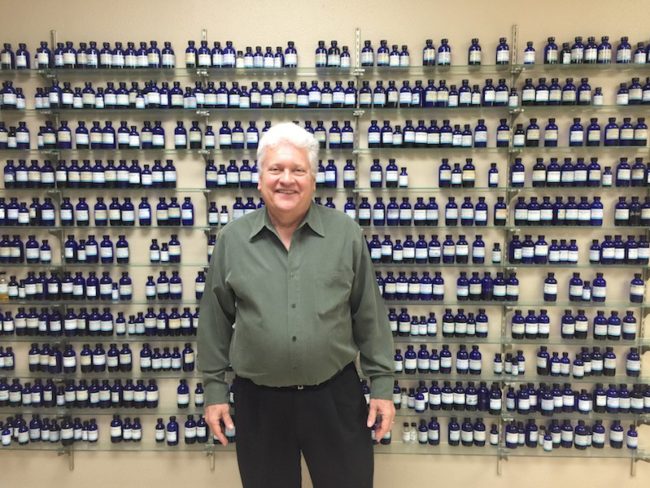
Adamson, one of only about 200 perfumers in the U.S. and executive vice president at Creative Fragrances, a perfume manufacturing company located in northeast Dallas, clearly likes his job. Adamson revealed the hidden side of the perfume industry to a Daily Campus reporter one day recently. He explained the difference between synthetic fragrances and natural fragrances and gave insight into how a fragrance perfumer is made and how fragrances are created.
According to a 2015 report by NPD, a data collection company, the perfume business is a $28 billion industry globally and nearly $6 billion in the United States.
Some SMU students, such as first-year Elizabeth Whitson, add fuel to the fire.
“I really love perfume, I always wear it before I go out,” said Whitson.
The all-natural beauty products trend has created some controversy over the use of synthetic chemicals in perfume versus natural oils, Adamson acknowledged. But there are pros and cons to both. Essential oils are more expensive, harder to come by, and occasionally more irritating to the skin than some fragrances that are produced synthetically.
Natural essential oils are extracted from crop products, and they can be expensive. Rose absolute is $1,024 a pound, for instance, and sandalwood oil is $1,500 to $4,000 a pound.
Essential oils are also a limited resource.
“There are many essential oils right now, like chamomile Roman oil that only come from Italy or England. But they are unavailable because the whole world supply has been purchased by designer fragrance companies,” said Adamson.
He added that a perfumer cannot buy Roman chamomile until the next crop comes out in August.
“So there’s none available in the world until August of this year and I’m sure everyone’s going to buy it all up once it’s released,” said Adamson.
Perfumers sometimes choose to face these challenges because essential oils provide the fullest fragrance.
He said that synthetic oils are trying to mimic what natural oil, such as lavender oil, smells like. However, there are certain chemicals in parts per million in the natural lavender plant oil that are impossible to synthesize at a chemical plant.
“The natural lavender oil tends to have a fuller more rounded odor. So synthetics tend to be a little thinner, a little weaker, sometimes smell a little chemical-ly and different from the natural plant,” said Adamson.
Some SMU students, such as second-year Whitney Smith, have expressed concern over fragrance allergies.
“I start sneezing when I smell some perfumes,” Smith said.
But what people may not know is that some of the chemicals in natural oils can be more irritating than those made in factories.
Take for example, natural lavender, which contains 35 to 40 chemical ingredients. Two of the main chemicals are linalool and linalool acetate, which are slight skin allergens. They are found in the plant naturally, and cannot be taken out because they are a main component in the scent.
But linalool and linalool acetate can also be made in chemical plants, and used to create synthetic lavender oil. And when a chemist is making the synthetic version of lavender, he can adjust the level in the formula so it is not as irritating.
“So from a safety standpoint, almost all of natural essential oils contain allergens. So when you make a synthetic version of some of these naturals, you can actually make it safer by limiting or reducing the amount of the allergens that are in the natural product,” said Adamson.
For those with allergies, he suggests purchasing synthetic fragrance or buying unscented or lightly scented products.
The science that goes into making perfume is exact, and Adamson highlighted the process of becoming a perfumer and then making perfumes.
“You can’t go to SMU and get a degree in perfumery- it doesn’t exist. There are essentially no colleges that have diplomas in perfumery because it’s such a small profession,” said Adamson, who completed his apprenticeship program at Proctor & Gamble.
He said that an aspiring perfumer has to apprentice under a master perfumer for five to eight years to learn the craft. In these years, the student studies all of the ingredients and memorizes their odors. This is no small feat, since there are approximately 5,000 different synthetic chemicals over 150 essential oils that can be used in fragrance.
Once the student has completed his program, he joins the American Society of Perfumers.
The perfumer can then set out on the task of creating a fragrance. Adamson provided an example of how he might create a lemon scent for a cleaning product.
There are around 500 ingredients that can be used in a lemon scent. Adamson said he chooses the top 10 to 30 ingredients he thinks will fit. He then fills out a formula card with the percentages of those ingredients and sends it to the laboratory to be created. Once it’s made, he checks to see if it smells the way he intended, and he “costs it out” to make sure it’s inexpensive enough for the cheap cleaning product.
“It’s sort of a trial and error process after that, but the original formula you have created in your mind,” Adamson said.
Whether it is fragrance for a detergent, or the discerning consumer, the perfume industry will adapt.
Former account coordinator for Guerlain fragrance, Patricia Arnold, said that in the 1980s fragrances were predominately synthetic, a fact that was rarely questioned by the customer. Arnold added that department stores today now offer multiple choices of 100 percent natural fragrances as well.
“The modern department store has its bases covered and truly offers something for everyone,” Arnold said.



